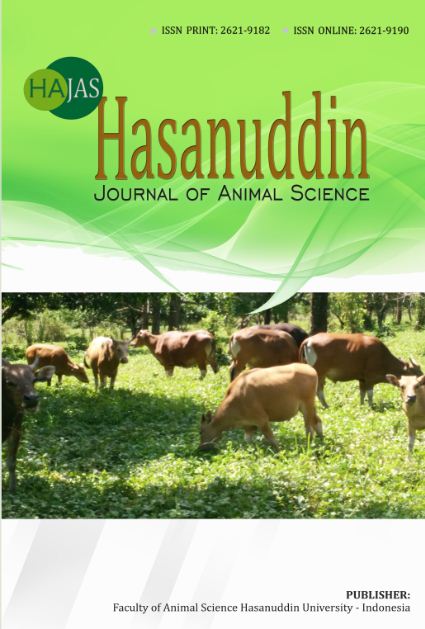Overview of coccidiosis in sheep: History of Disease Incidence in the World and Life Cycle
Abstract
Sheep are regarded as being one type of potential livestock that are widely raised in various regions around the world for both purposes of producing meat and wool. In particular in the Southeast Asian areas, such a stock has been playing a significant role in providing animal protein for human consumption in one hand. However, on the other hand health, genetic and environmental factors are critical for animal husbandry factors to success. One of main diseases in sheep population in the region has been an internal parasitism due to coccidian infestation that had proved to be economically detrimental as the infestations can cause health problems ranging from substantial weight gain losses to culminating in death of the livestock. This article reports on literature reviews regarding various cases of coccidiosis in several countries and also matters related to a life cycle of the disease causative agent. The main highlight of this review has been aimed at a formulation of appropriate and effective disease control strategy in combating coccidiosis in small ruminant population in the country.
Downloads
Published
Issue
Section
License

This work is licensed under a Creative Commons Attribution-NonCommercial 4.0 International License.











